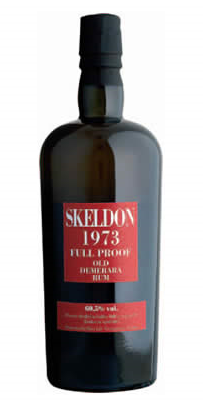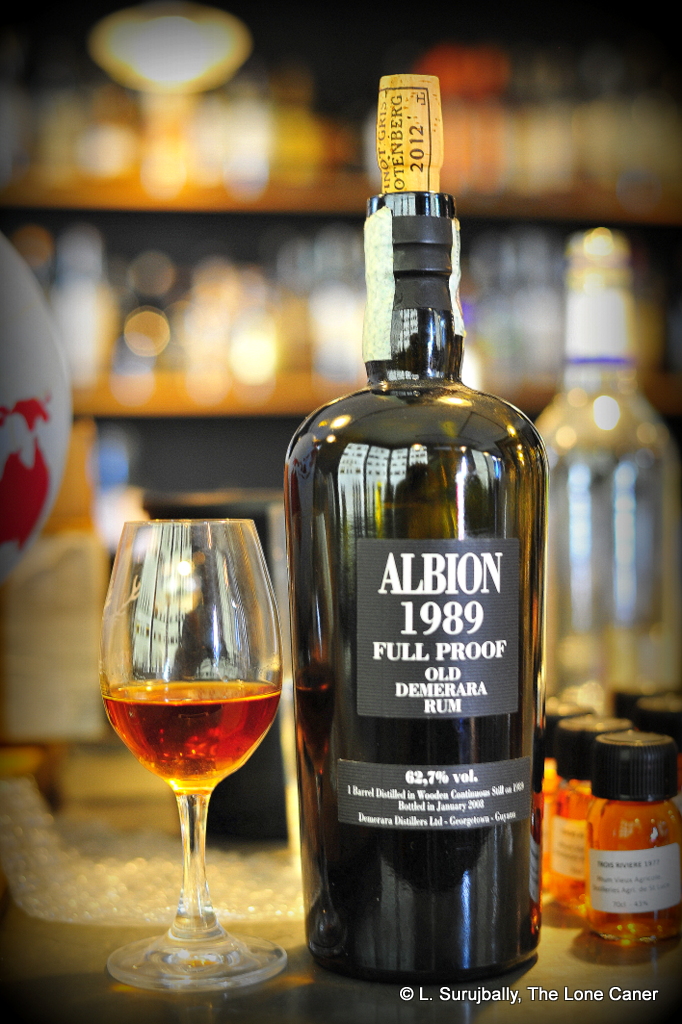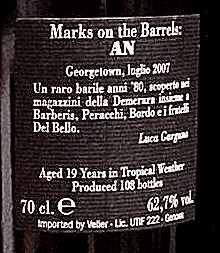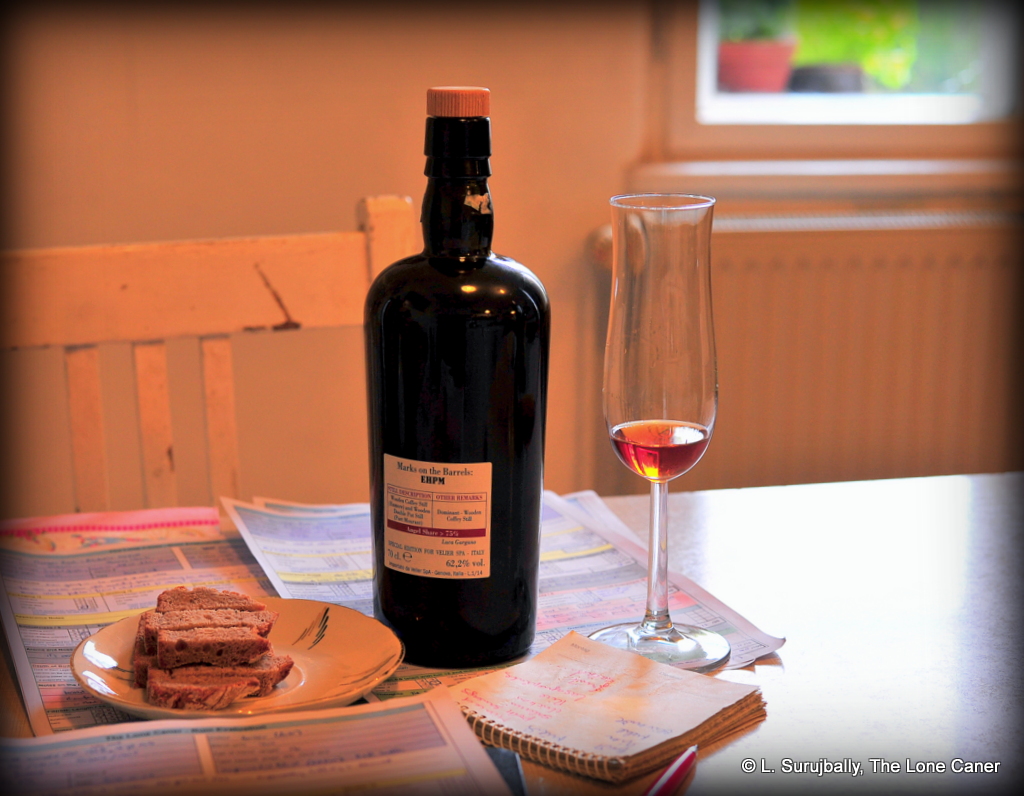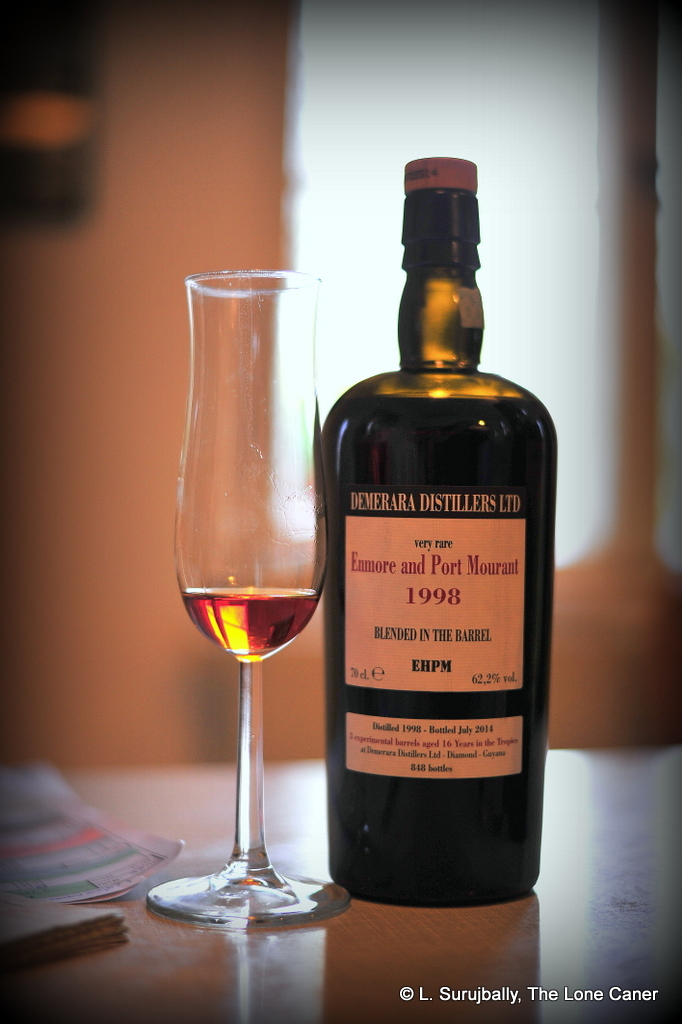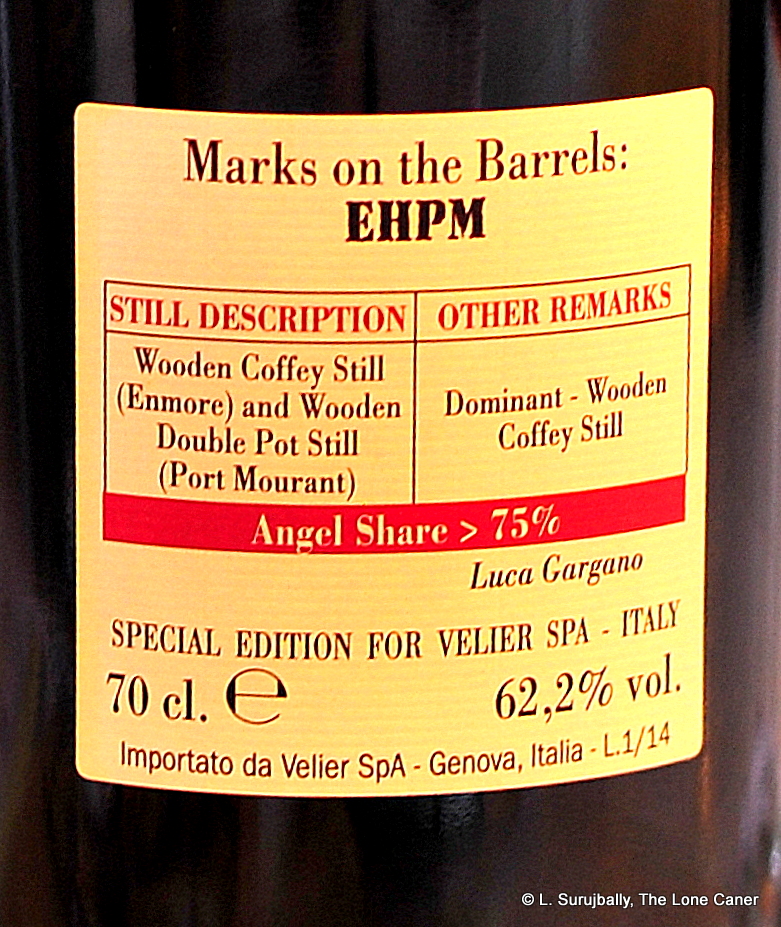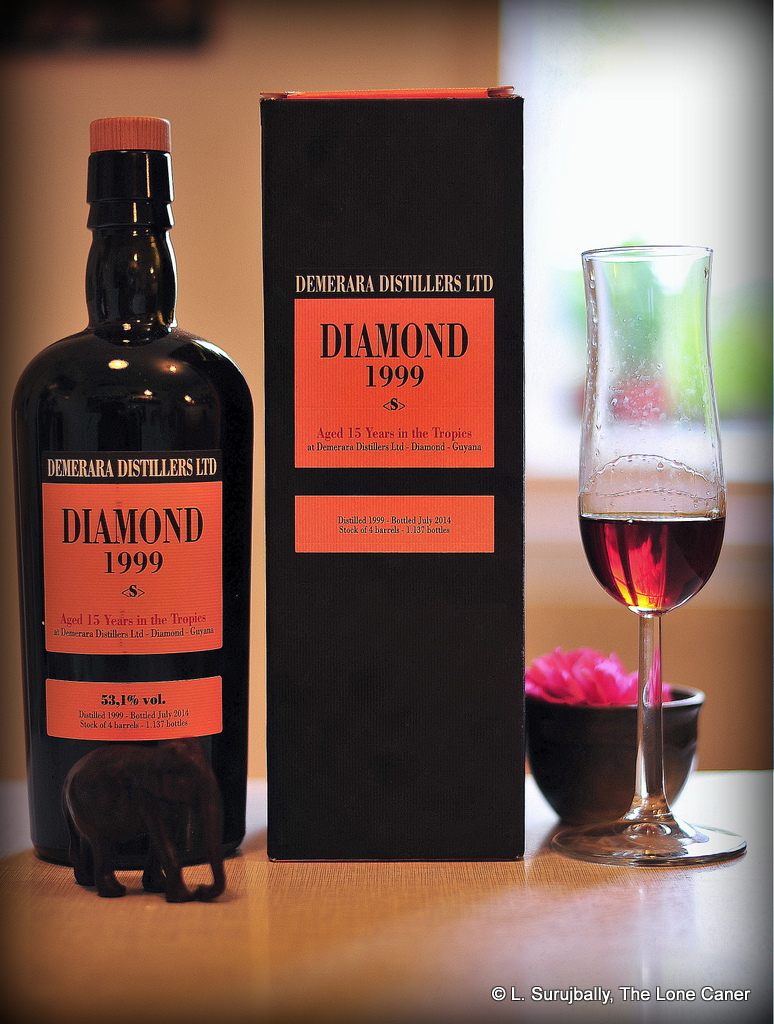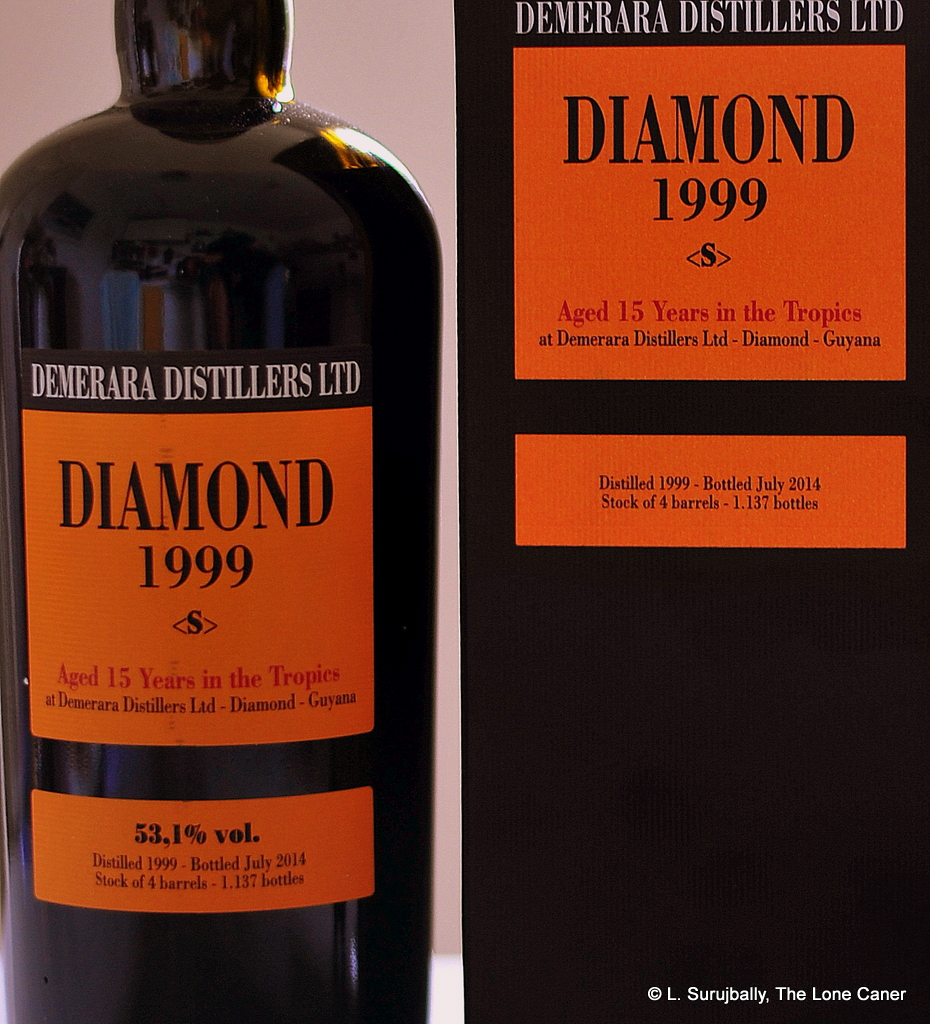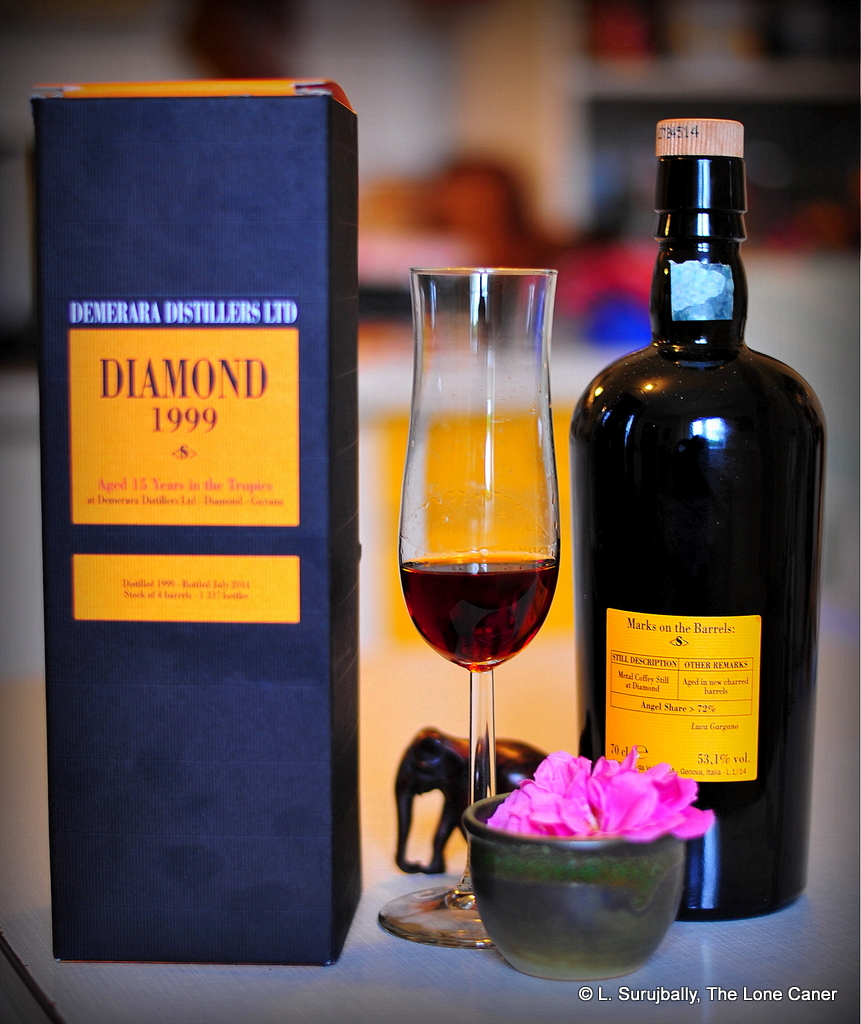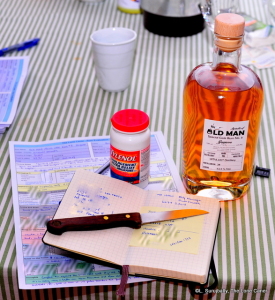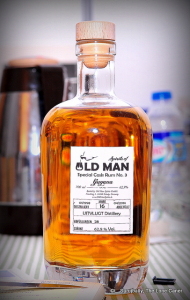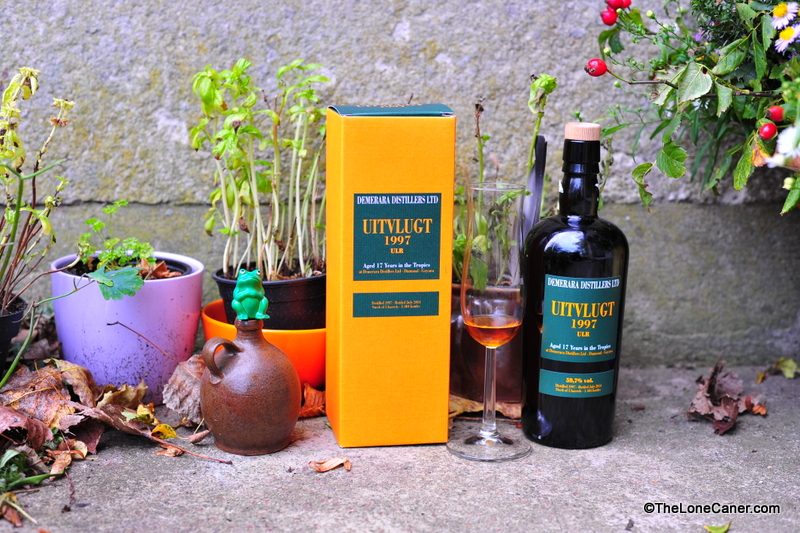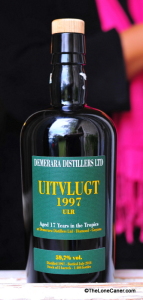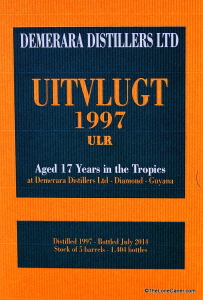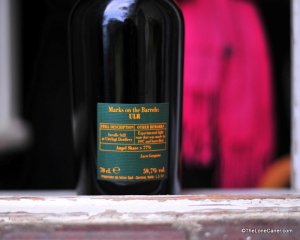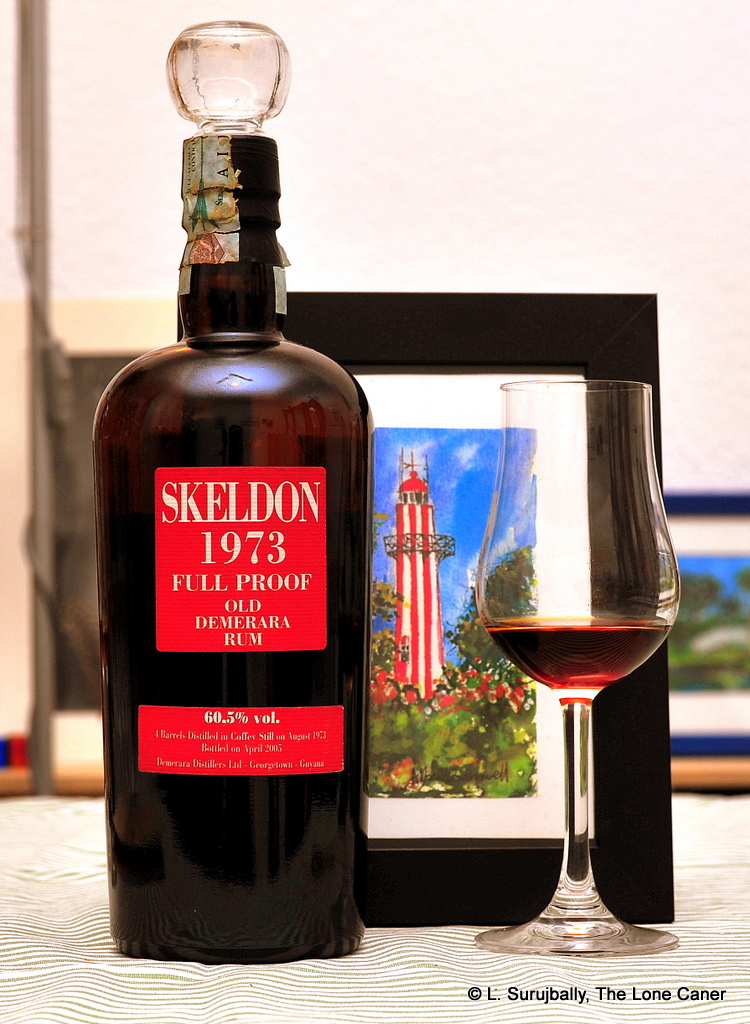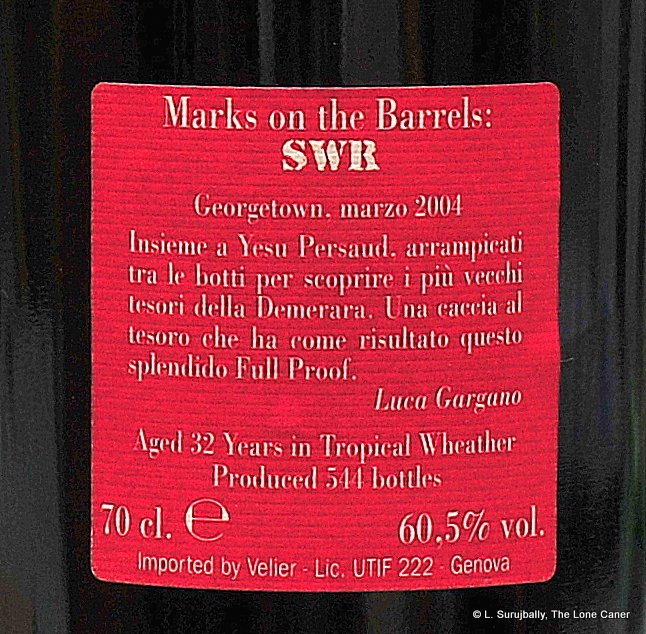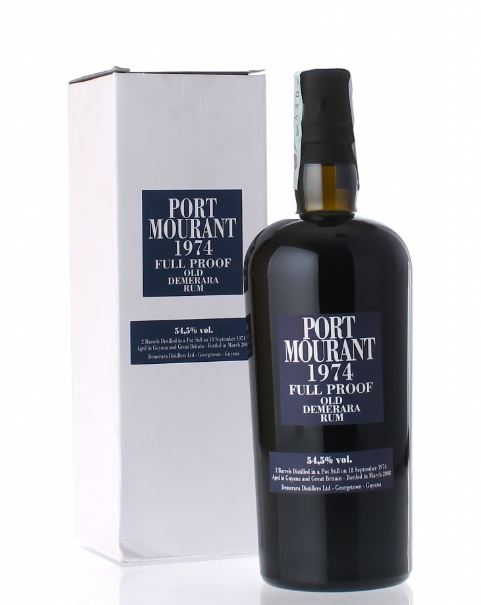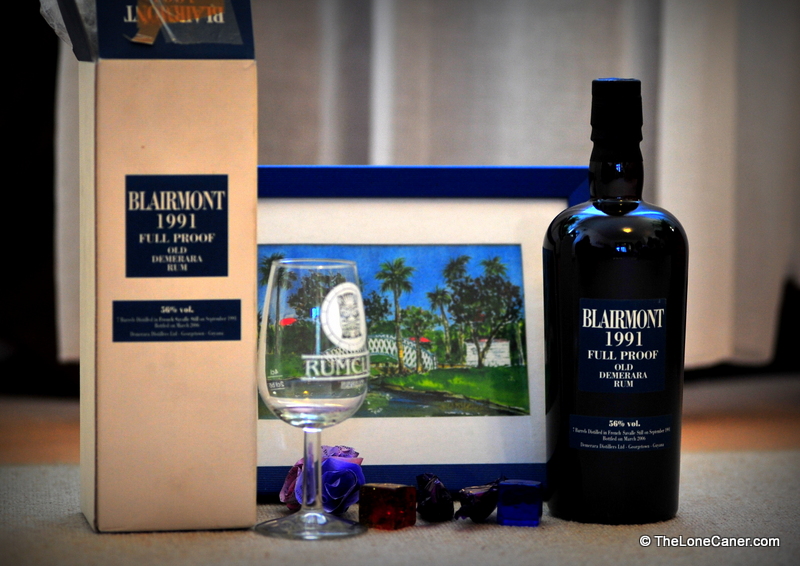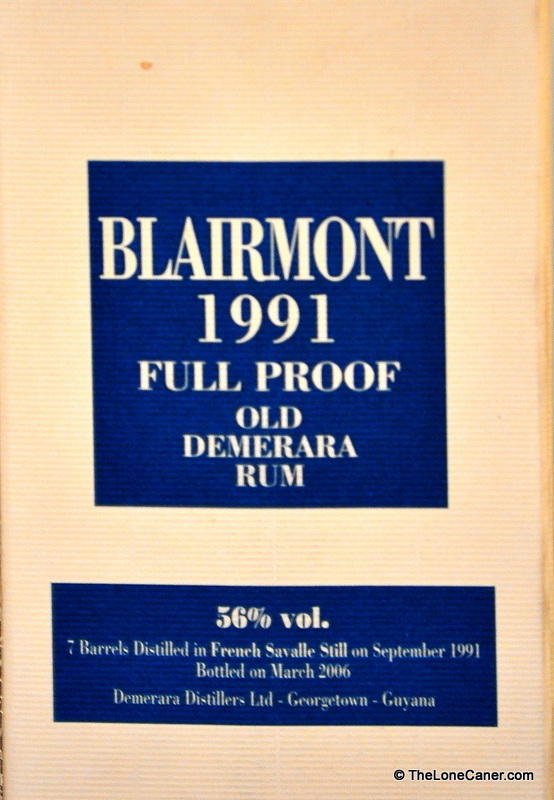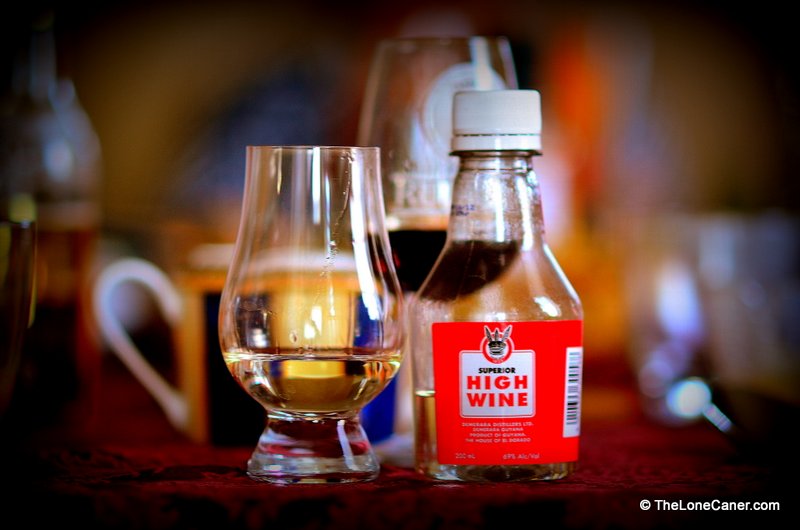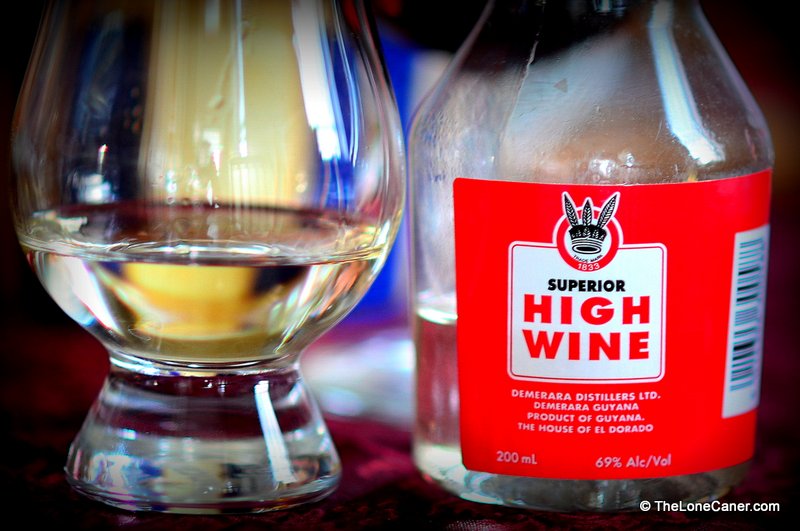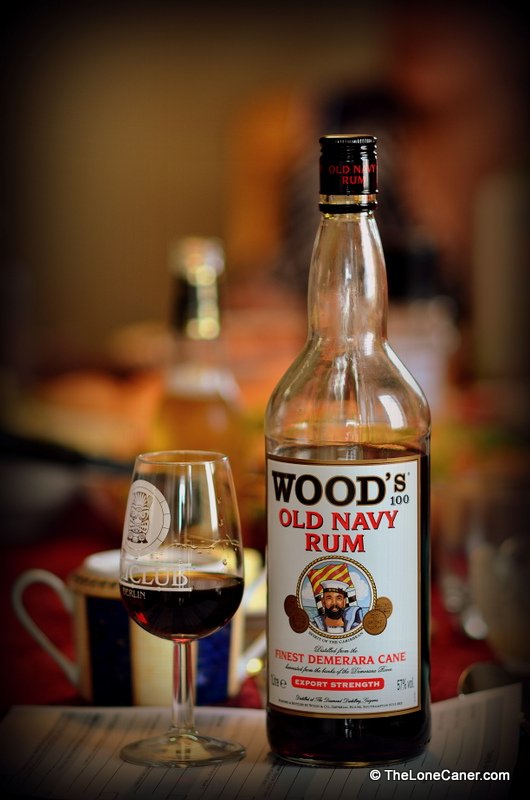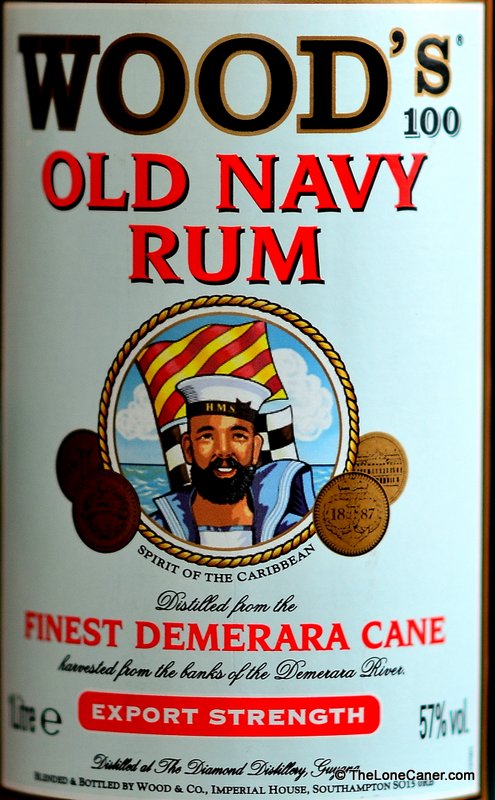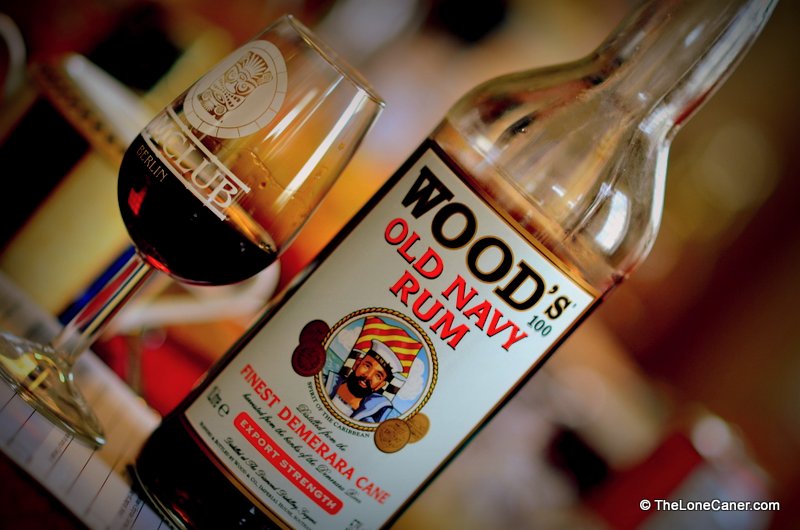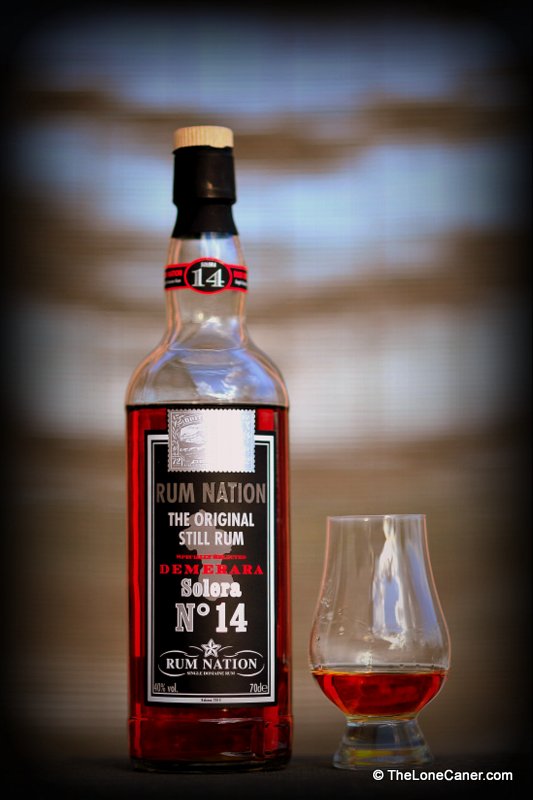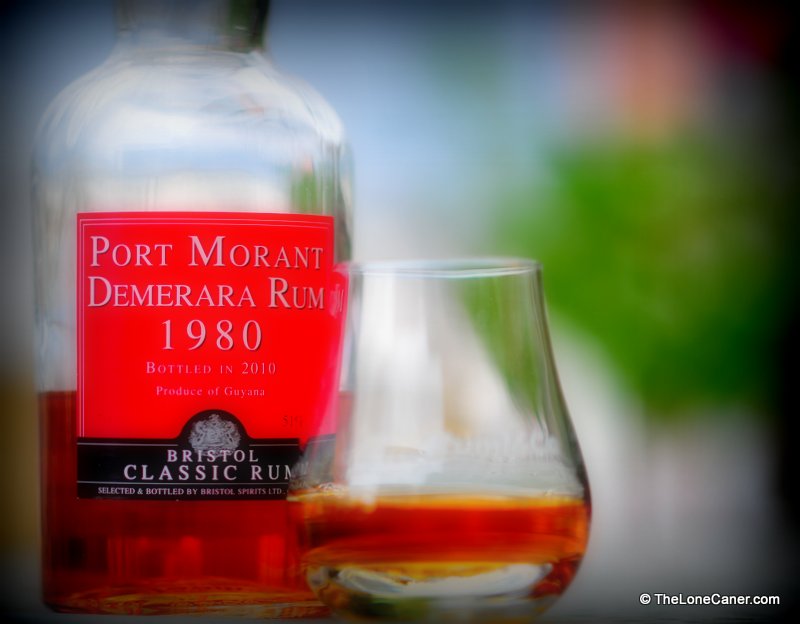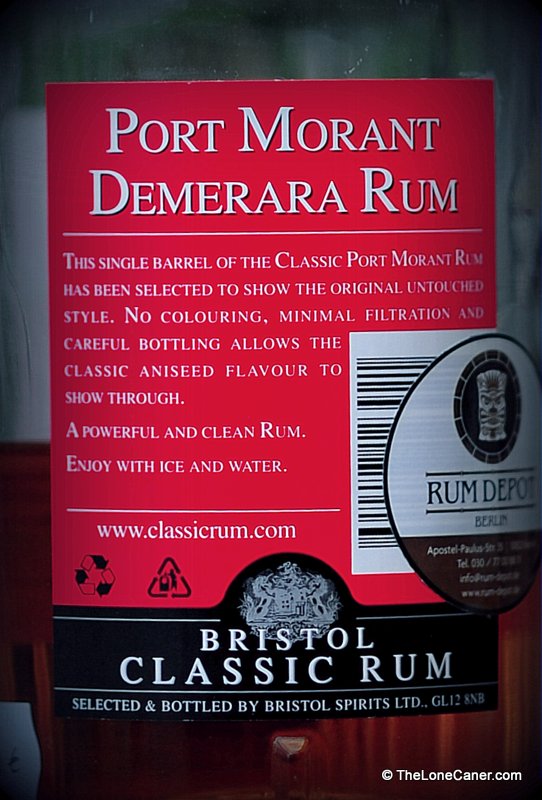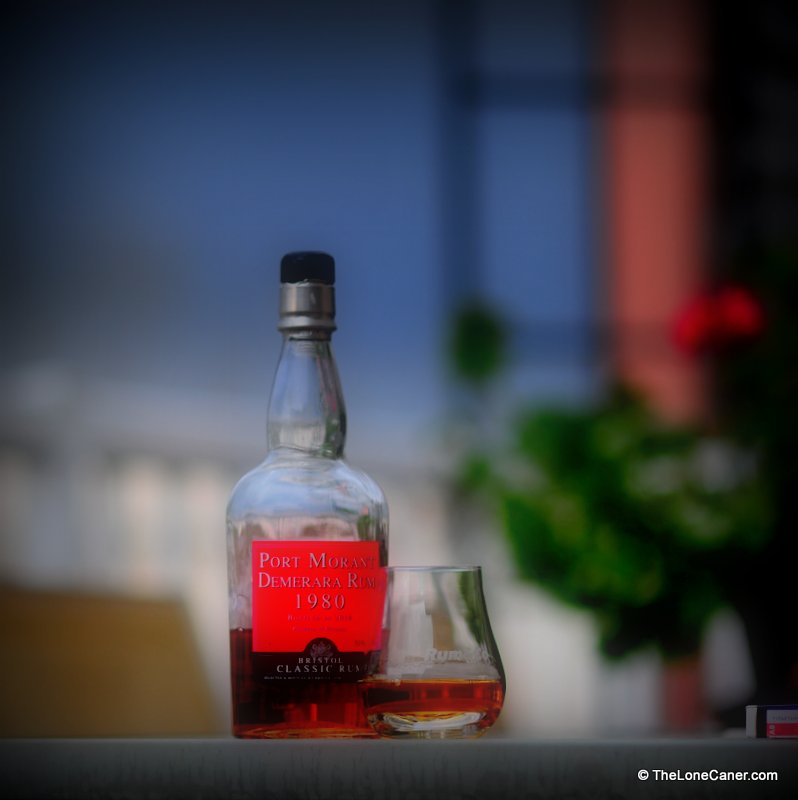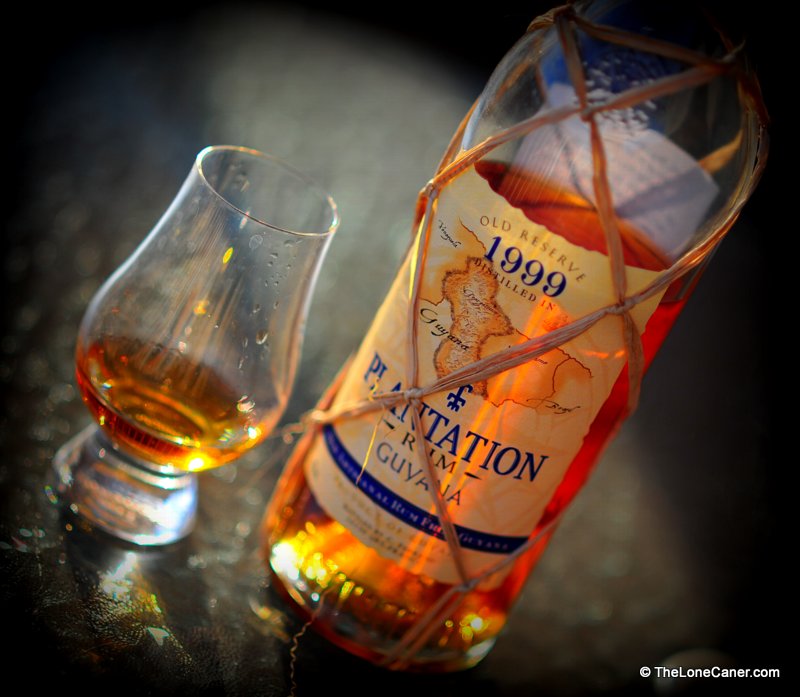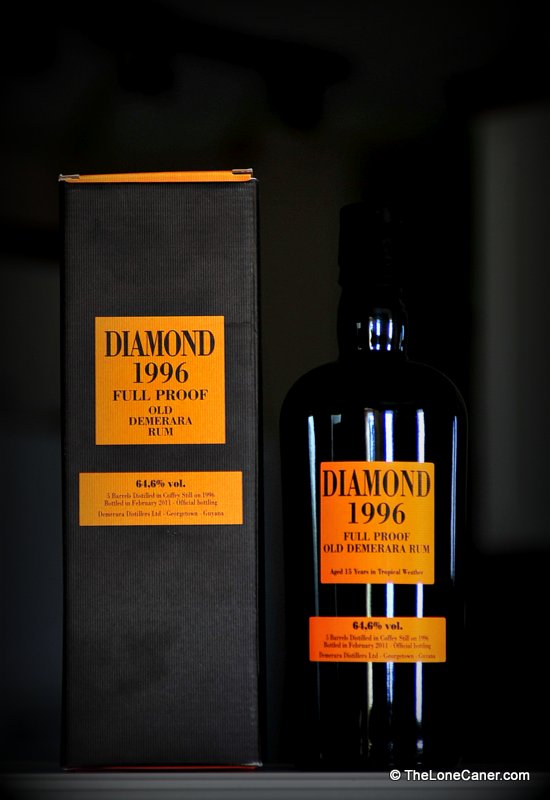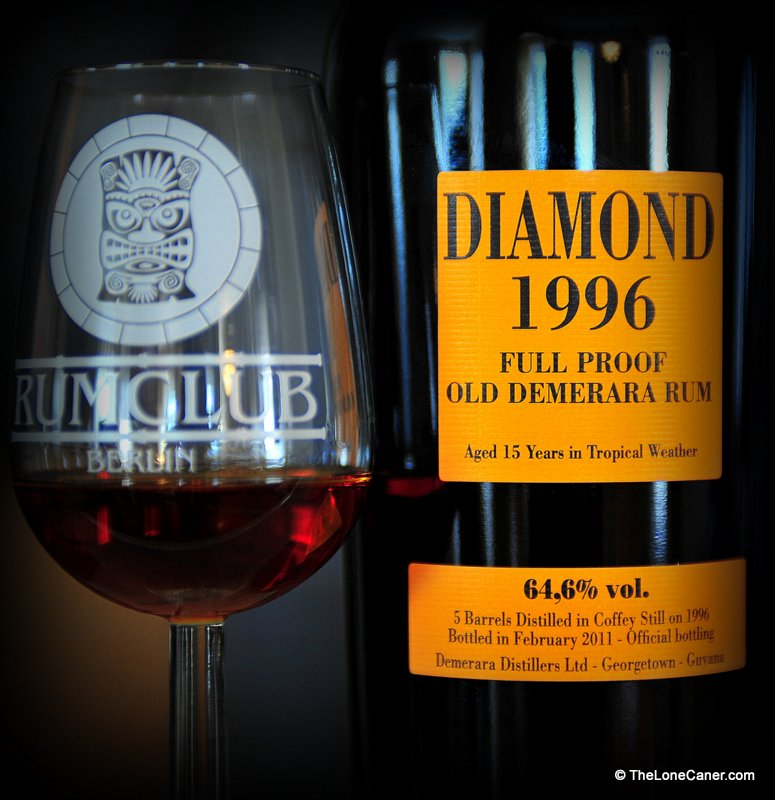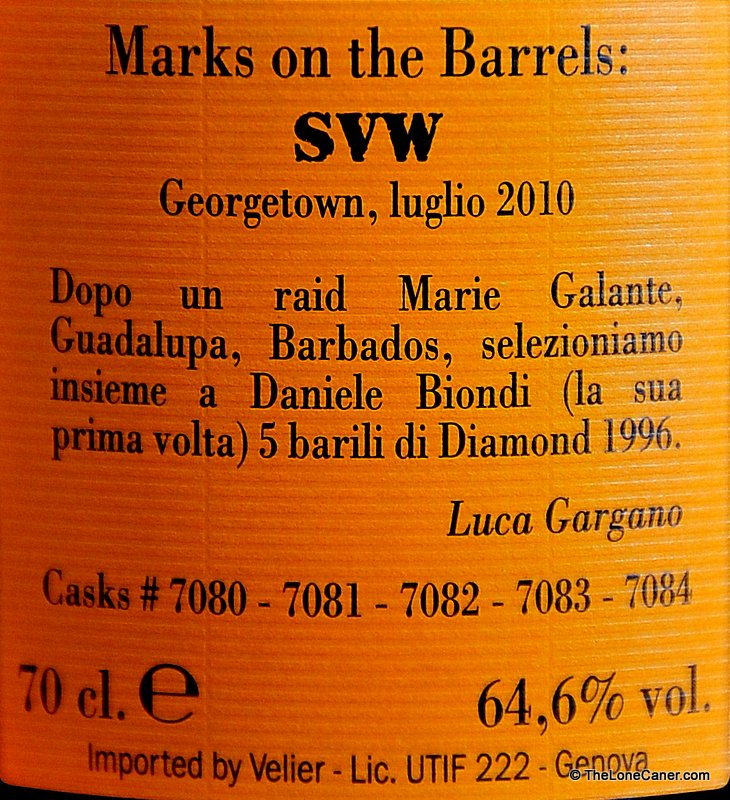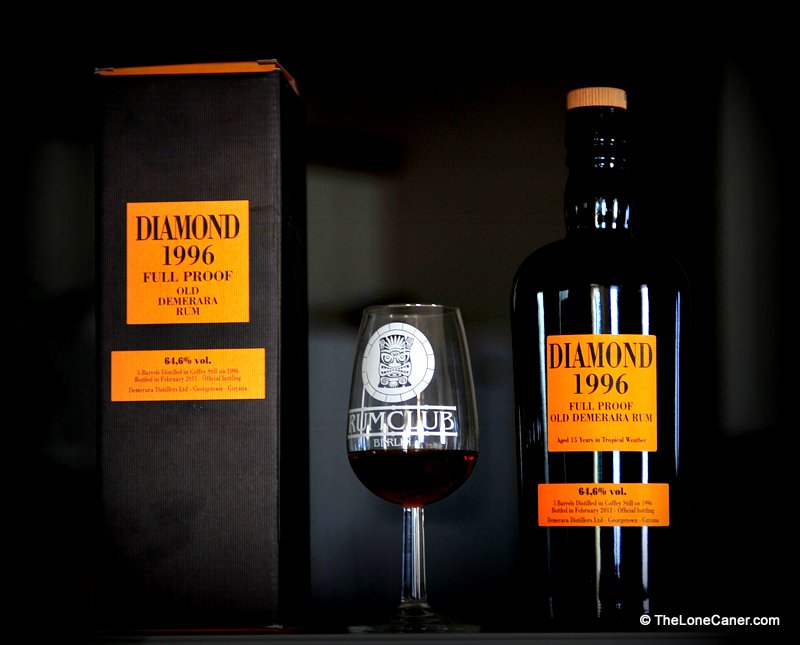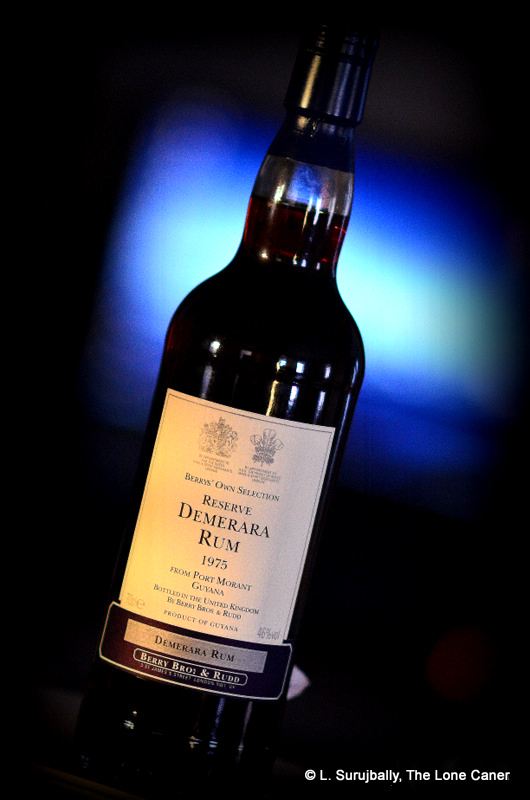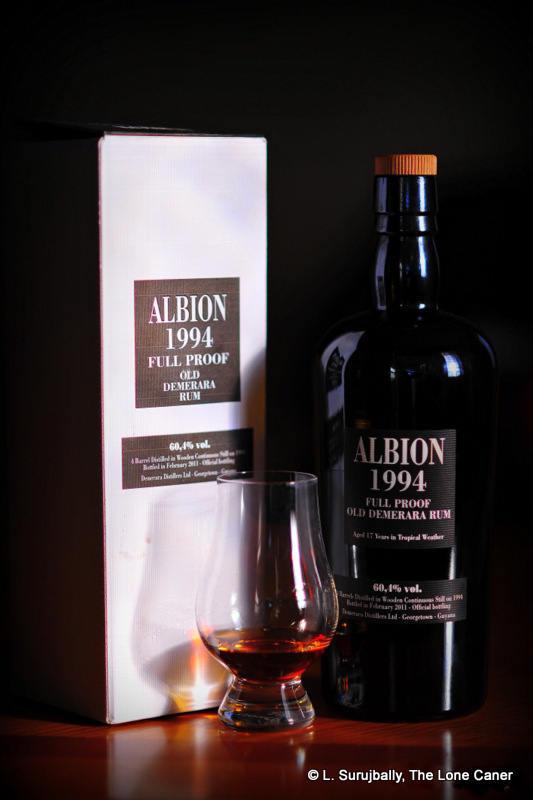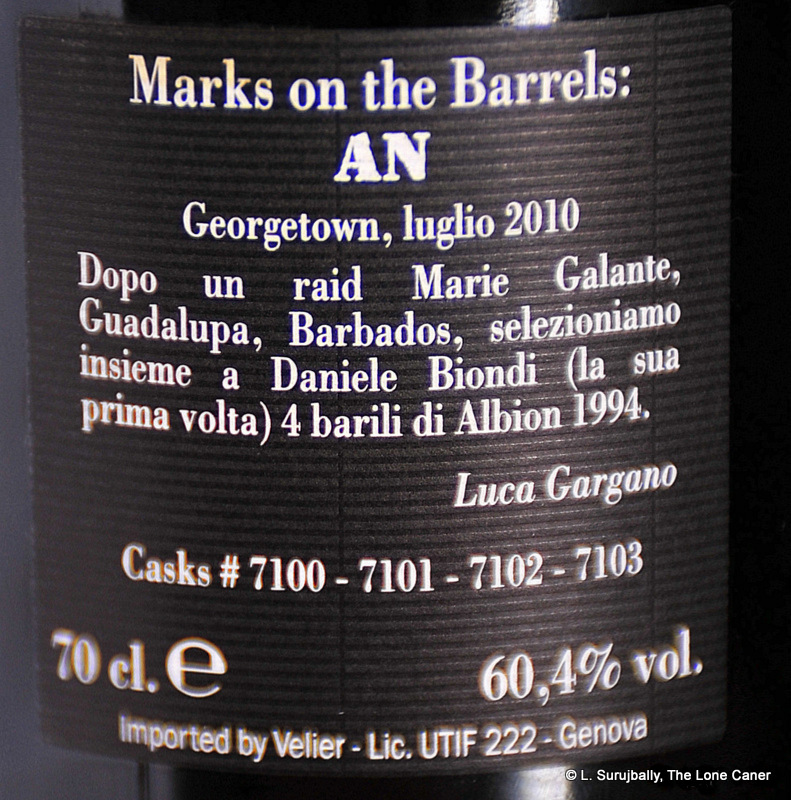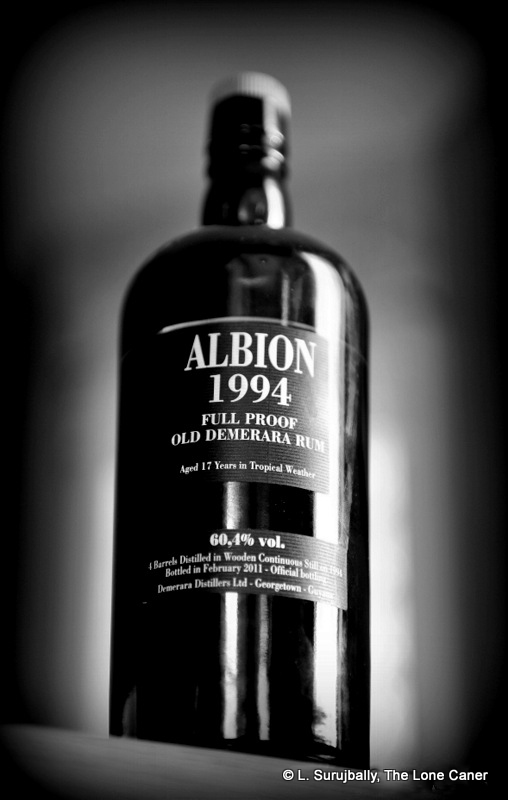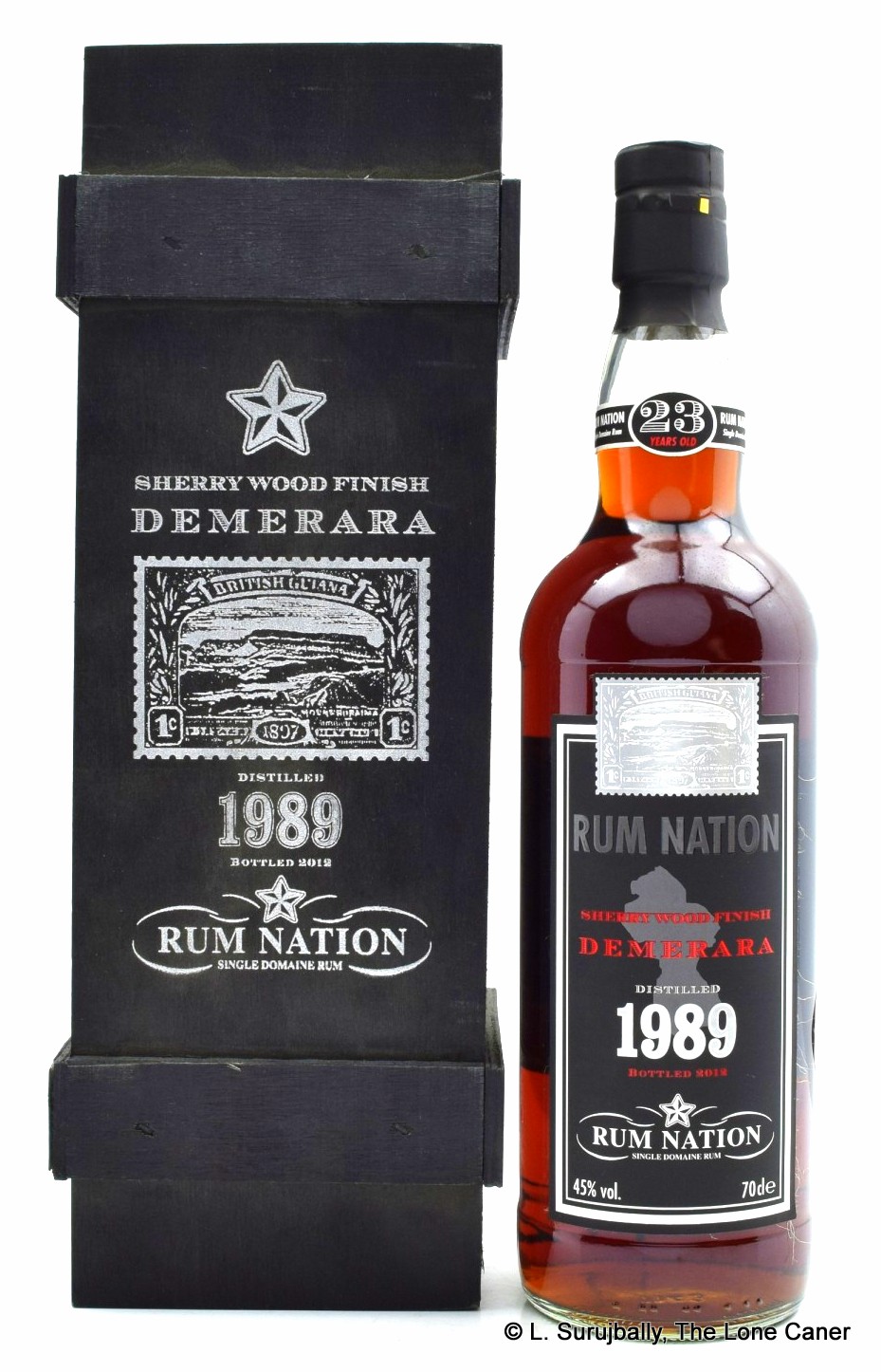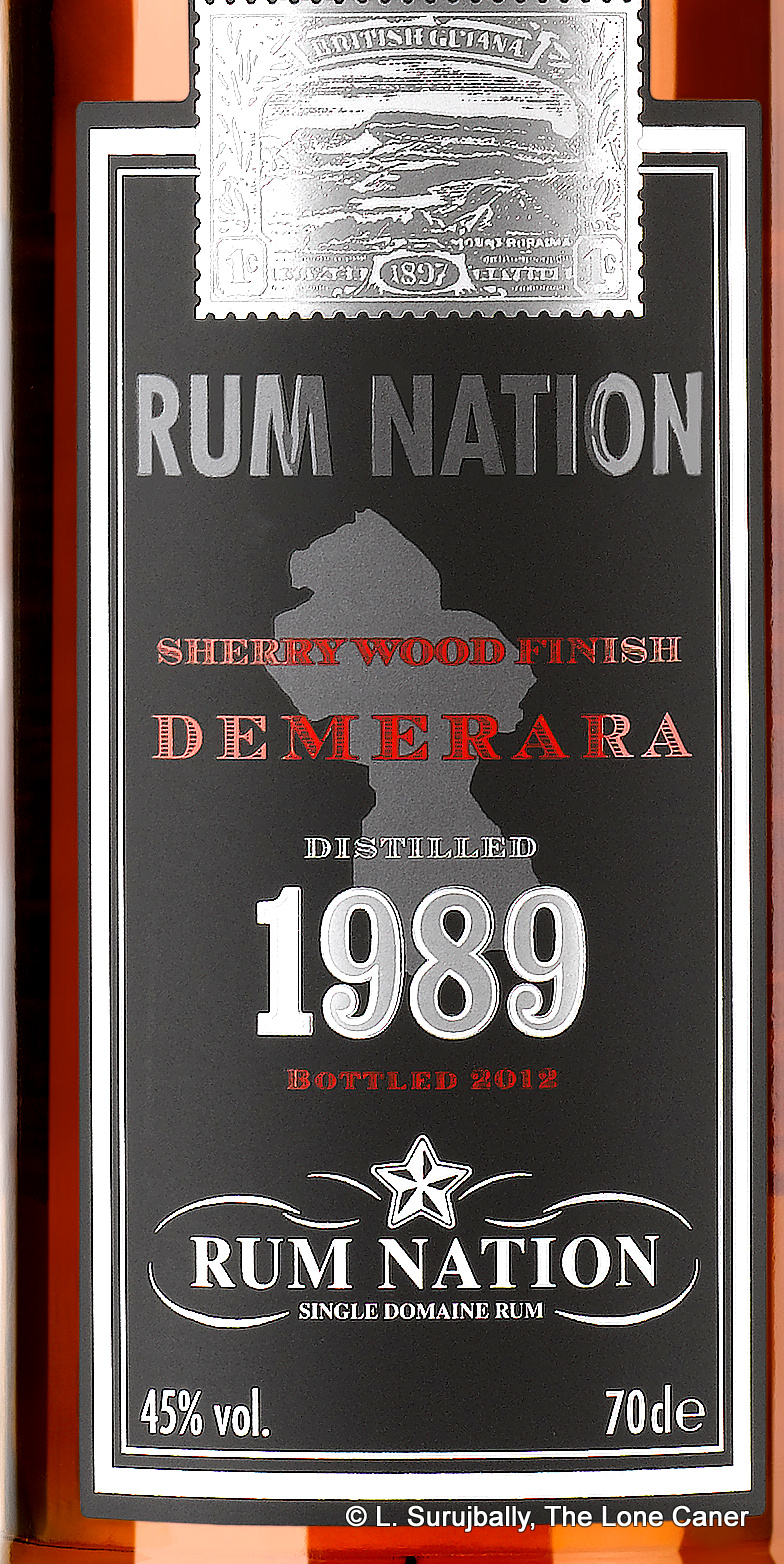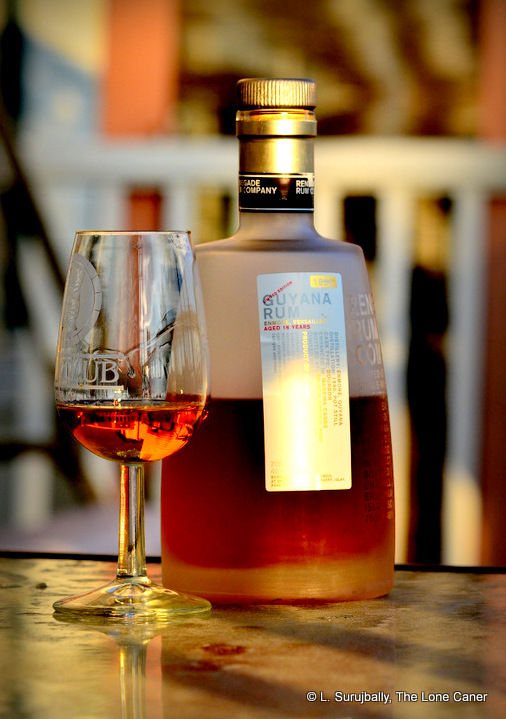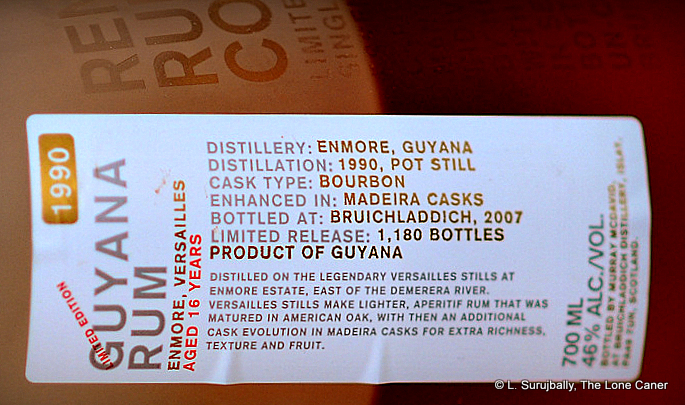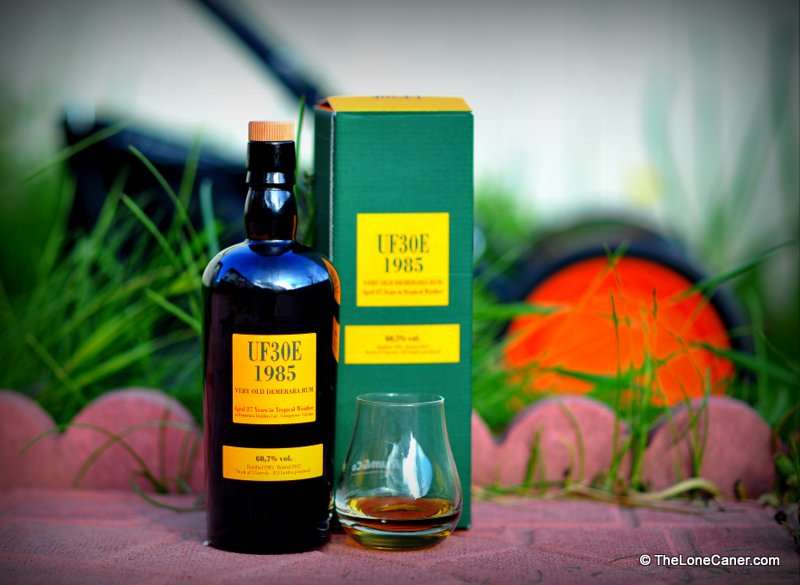
Concentrated black cake. Uitvlugt East Field #30 takes its place as the source of one of the best rums I’ve had this year.
In my rather tiny world, sourcing a rum like the Uitvlugt 1985 27 year old 60.7% is quite an experience. A rum limited enough, rare enough and old enough that to use a single appellation like “aged” to describe it is akin to saying Tolstoy wrote rather long books. The series of rums imported to Europe by Velier (these are DDL products selected by them in Guyana, not Europe) answers every beef I ever had about rums not being strong enough, addresses every complaint about a lack of imagination. Thus far, each of the full proof series has been spectacular, powerful, brilliant, exceptional, original and charges out of the bottle like a bat out of hell to give me all it has. This is what rums were made to be. This is what more rums should be. Want to go up against the Scots, boys? Want to give whisky some hard card? You’d better start making more of these.
Having established its pedigree as a rum massive as an oak tree flung by a F5 hurricane, what of it? It’s aged a magnificent 27 years in the tropics, losing 90% of its volume if Velier is to be believed, and powerful enough to brain a rampaging ox, but is it any good?
Mmmm. Yeah. It’s good. Nosing this torqued up full proof is, like, I dunno, trying to lasso a drunken moose: I mean, the rum is hard charging to a fault, practically an inhalation of supercharged testosterone — a quick sniff and my abs were instantly firm enough to do my laundry on, and I was casting restive glances at my wife. Thick, spicy smorgasbord of fruit notes led off right away: prunes, currants, raisins, blackberries lead in, followed by faint flowery notes, licorice, cloves, black unsweetened chocolate. I felt I was at the dessert buffet of some high class hotel restaurant. Heated, yes; spicy, almost; but you know, for a beefed-up rum like this, once the alcohol fumes blow off, you can’t help but be impressed with a nose this rich, where so much is going on all at the same time.
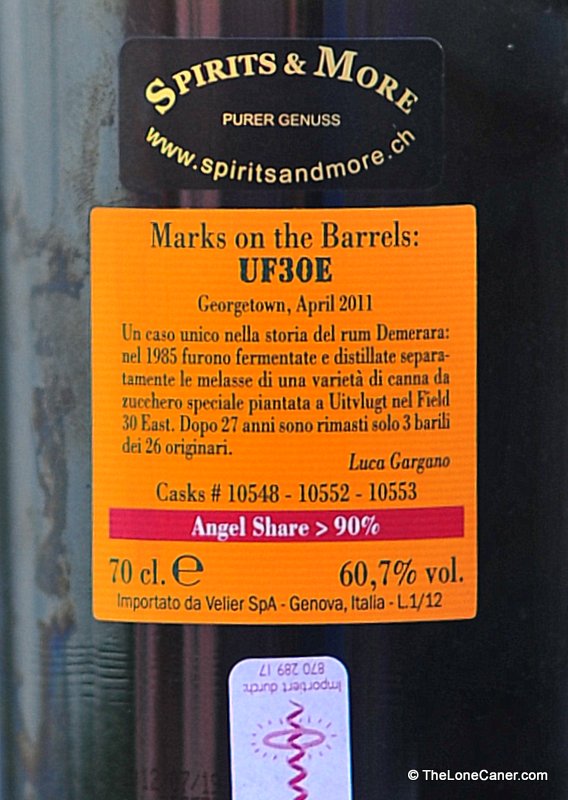
Dark mahogany and ruby red tints coloured the spirit itself, which was a treacly, almost heavy liquid in the mouth. Here was a spirit that coated your tongue, your tonsils and your teeth and hung on with the tenacity of a junkie to a five dollar bill. Awesomely smooth for its strength, generously providing tastes of licorice, chopped dried fruit for Caribbean Christmas black cake, green grapes just starting to go, aromatic port-finished cigarillos…it’s deeply, darkly luscious to a fault. I tasted some of the oak tannins imparted by the long ageing, and in no way were they disconcertingly acidic or too sharp, but just right, leading to a long aromatic, finish as lasting as a diva holding a high C….like, forever. If this was a real opera, somewhere, Pavarotti would be feeling inadequate.
Even at 60.7%, which some might consider a bit much, the Uitvlught impressed with its mastery of blending art. Like its brothers (the Albion 1994 and the Diamond 1996), this rum is one of the tastiest, biggest, baddest, most fantabulistic spirits I’ve tried and that sound you heard was, quite simply, my mind being blown. Because this intensity is precisely why we should attempt to move past 40% in our rums – the strength of flavour and body, the commingled multitudinous tastes, simply invites sampling and more sampling, and then even more, just so you could check out what that last smidgen of flavour really was.
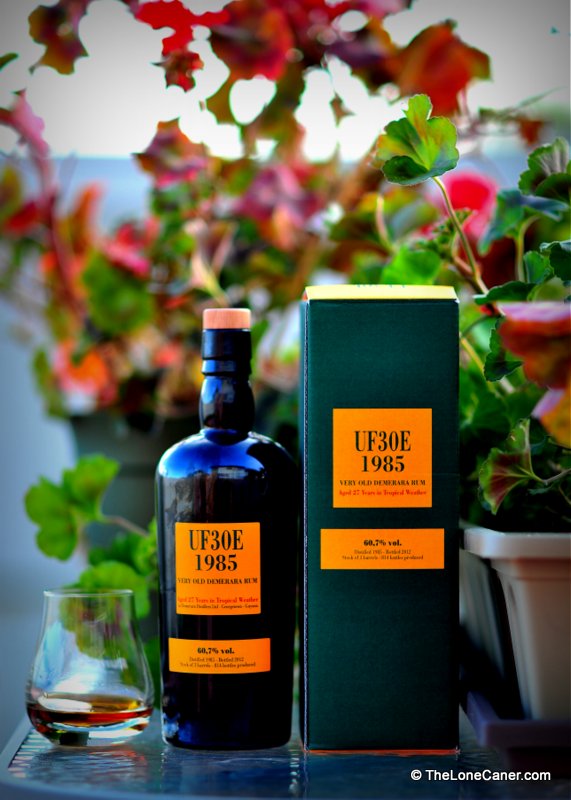
Velier out of Genoa bought three barrels from DDL (they are in fact DDL rums though the labelling seems ambiguous), aged them for twenty seven years and, in line with other European makers, simply bottled them as they came out. The Velier line is really kind of fantastic – marques from Blairmont, LBI, Port Mourant, Albion, Skeldon, Enmore (and that’s just the Guyanese) are all available, if rarer than a compliment from my boss. I can’t begin to express my admiration for the series – there’s an unapologetic narcissism to them that doesn’t so much flip the bird at standard strength rums as ignore them altogether. Their rums are awesome – terrific nose, aggressive profile, epic finish.
And, at end, it may be self-defeating – it may simply be too much to be contained in a mere bottle. To have this rum burbling in your glass is to know what Godzilla’s captor might have felt like. By the time all the tasting notes have been wrung out, it may actually be a shade too amazing for those who prefer something a little less strong (like 40%). But you know what? I don’t care. The full proof rums from Velier are what they are. Not everyone will like them — their starkness and somewhat elemental brutality will be off-putting to many — but then, they are not for everyone. Verlier echoed the European ethos of simplicity and minimalism in their products, wrestled the white lightning out of the cask and trapped it in a bottle for those of us who care.
If you can find Velier’s rums, any of ‘em, my advice would be to buy them, and quickly. Because if you’re ever into rum for the long term, there will come a time (if it has not arrived already) where you’ll be so damned glad you did. I know I am.
And now, after writing this review and taking a last sip, I think I’ll go see what the wife is up to….assuming she hasn’t already fled.
(#165. 91/100)
Opinion
I’ve made no secret of my wistful disappointment of tame drinks that go exactly no place special and have a small sense of imagination. The question that arises, is why aren’t more iridescent gems like this one ever made? What’s keeping the rest of the world from following suit? Why aren’t Flor de Cana, DDL, Appleton, Mount Gay or others indulging some hi-test full proofs of their own, besides issuing the occasional 151? I suppose I can think of several reasons: they won’t sell; they’re seen as too exclusive; they’re tough to find; they don’t appeal to the young; they’re too strong; too expensive; too tough to make by labels content with what they are doing already; and market forces favour 40%.
There are special editions around, of course — lots of them, almost all made in Europe. The challenge is finding any. Perhaps nothing shows the potential of such a niche market as the speed with which such specialized bottlings by Bruichladdich, Gordon & McPhail, Fassbind, Bristol Spirits, Berry Bros., Velier, Silver Seal and Cadenhead fly off the shelves. They may languish in shops in North America, but I chose to believe it’s because they are not commonly available, not well known, and therefore remain a perceived nouveaux riche kind of pastime for crazies like myself.
So it’s not as if the full proof, limited-cask expressions don’t exist – they do. Here’s hoping the major bottlers in the West Indies and the Americas will follow suit and produce their own full-proof liquid machismo one day, the way Velier has done here, so magnificently.
